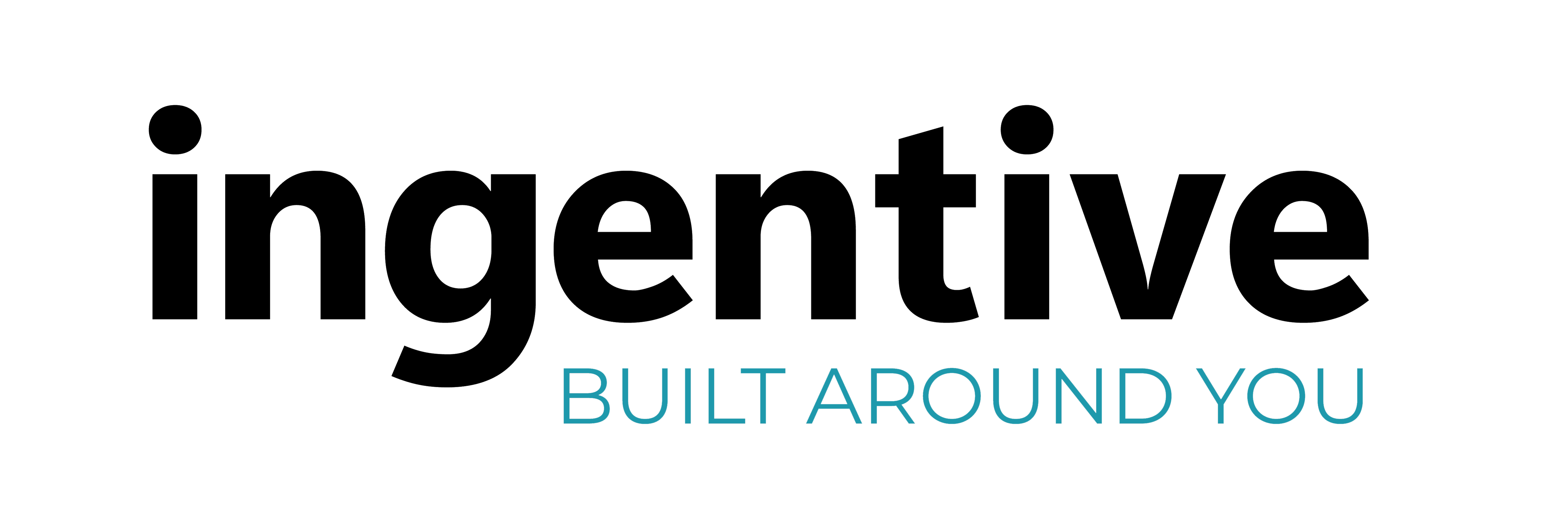
MENZIES AVIATION
Digital transformation strategy development, and a detailed review of the business’s Microsoft strategy, designed to maximise return on investment.
PROJECT INFORMATION
“If we’d had Microsoft Teams at the start of the pandemic, it would have made a huge difference,” states Jamie Fleming, Digital Project Lead at Menzies Aviation.
A Desire to Improve Employee Engagement and Retention
“Our initial motivation was around employee engagement,” picks up Steven Kay, Digital Lead at Menzies Aviation. “In some airports, like Heathrow, staff are spread over a wide geography and that can make communication a challenge.”
The Menzies Aviation team spotted an opportunity to use Microsoft Teams to improve employee engagement through improved communication with frontline workers.
“We had people in the office using Microsoft Teams as part of their Microsoft 365 toolset,” explains Steven Kay, “but our main focus for Microsoft Teams was on those 20,000 frontline staff who typically didn’t have any form of digital identities with us.”
By giving everyone access to Microsoft Teams, the team could efficiently provide these workers with a corporate digital identity.
Steven Kay says, “The aim was to get everyone to enrol on Microsoft Teams so we can start to target appropriate communications on a two-way basis with them.”
An Alternative That Can Eliminate Shadow IT
The lack of a corporate email address or digital identity meant that a wide range of communication tools were in use.
“The benefit of a real-time communication app was clear,” says Steven Kay, “but we needed an application that was suitable for the whole business.”
“Our operations at Luton Airport became our first proof of concept for this,” explains Jamie Fleming. The team rolled out Microsoft Teams to approximately 250 frontline workers at Luton in October 2019.
Jamie Fleming continues, “The Luton team were really happy with using Microsoft Teams chat and channels to share operational updates, congratulating team members on a job well done, charity campaigns and even organising their Christmas party.”
The pilot proved that Microsoft Teams could enhance team communication and team-building activities, a big step towards realising the employee engagement objectives of the project.
“We were very keen that it didn’t become a grey business app,” says Jamie Fleming, “we have codes of conduct and they always need to be followed, but it should also be fun and engaging. There was work content on there – lots of it – but staff ran with it; they made their own videos to give thanks to staff and did a lot around reward and recognition.”
Planning for Wider Rollouts
Because the Microsoft Teams chat groups could replace other communication apps, the IT team has largely eliminated shadow IT and the problems associated with it. It will now be much easier to organise shift cover because all colleagues at a station will be in the same Microsoft Teams group.
The team next rolled out Microsoft Teams to frontline staff at Glasgow Airport in January 2020.
“In Luton we had people on site driving that adoption, helping users to enrol. And we gave Glasgow a lot of support as well,” remembers Steven Kay. “But we only had a small project team. So, to roll out to the 200+ stations we have globally, we started to move to a more self-service approach and engaged the support of the wider IT team. Our focus became ‘what value can we deliver that will drive adoption?’.”
COVID-19 Grounded an Industry
However, in March 2020, the impact of COVID-19 upended these plans. Global flight volumes reduced by up to ninety percent. Although freight transport volumes increased, the industry does not expect passenger traffic to return to pre-pandemic levels before 2023.
“We had plans to roll out Microsoft Teams to frontline staff at other locations at that time,” admits Jamie Fleming, “but then the priority became the pandemic. Our attention shifted to making sure Microsoft Teams was adopted by office staff so they could work remotely and to ensuring that people were happy and knew how to use it.”
“Microsoft Teams was already quite popular with our office staff,” agrees Steven Kay, “but it wasn’t fully adopted across the business. The pandemic made that happen overnight when all our office-based staff had to make the shift to work-from-home arrangements.”
Support Through the Pandemic
Once remote working was well established, the small but motivated team pivoted again, with a further rollout of Microsoft Teams – this time to frontline workers at London’s Heathrow Airport.
“There was a push to make live events available to people through Microsoft Teams and we started doing that in Luton, Glasgow and Heathrow,” says Jamie Fleming. “During the pandemic, we had no idea from one week to the next what flights would be going, what national restrictions would be, so there were a lot of meetings to keep staff in the loop and about what to expect in terms of shifts and furlough. Staff also organised informal events, like quiz nights for staff who were on furlough. People could use it to stay in touch and for wellbeing.”
At Heathrow, for example, around fifty percent of staff were on furlough at the height of the pandemic. Change management activity meant numerous news and informational calls, consultations with individuals and wellbeing surveys.
“We were not allowed to meet people face to face and Microsoft Teams was a fantastic way to overcome those challenges,” remembers Frank Dobbelsteijn, Vice President for London Heathrow at Menzies Aviation. “We could organise live calls and meetings with very little notice. Later, the return to work and re-onboarding training dates were all supported through Microsoft Teams. It was massively helpful.”
A New Focus: How to Drive Adoption?
Despite the enormous disruption the pandemic inflicted on the industry, Menzies Aviation pressed ahead with its ambitions.
Jamie Fleming recalls, “One of the main things that drove us was the thought of ‘what if we’d had Microsoft Teams rolled out globally before the pandemic happened…?’ It would have been much easier to communicate with frontline staff.”
The team’s focus became: how do we entice people to want to install Teams?
“We want people to view the Microsoft Teams app positively, not only as something that keeps them in touch with colleagues and the wider business, but that also helps to make day-to-day tasks easier,” explains Steven Kay.
Help from a Microsoft Pure Play Partner
The Menzies Aviation IT team turned to the trusted Microsoft partner, Ingentive – a specialist in intelligent cloud solutions, change management and custom applications. The Ingentive team assisted with digital transformation strategy development, including “app in a day” workshops and a detailed review of the business’s Microsoft strategy and roadmap, designed to maximise the return from existing Microsoft investments.
“We’d engaged with Ingentive previously around the adoption of Microsoft 365, the configuration of our tenant, Microsoft Teams security and deploying Microsoft InTune for mobile device management,” explains Steven Kay. “Following the exploratory sessions, they scoped out a statement of work to develop a read and sign application.”
Sean Woodliffe, Senior Solutions Consultant at Ingentive, explains, “With Microsoft Teams starting to take off, it made sense to start building on the Teams platform directly. We could leverage the prebuilt Teams templates that are provided by Microsoft on GitHub and then modify them to suit.”
Electronic Form Signing Through Microsoft Teams
One paper-based process that was ripe for transformation was the compliant recording of signatures to confirm that employees have received, read and agreed to comply with the contents of necessary documentation. Such documents include security briefings, operating procedures and updates from airlines as well as health and safety materials.
Steven Kay explains, “We wanted to digitalise the read-and-sign process and Microsoft Teams provided the perfect platform for this. Once we started to circulate the idea around the network, the option to move away from paper was well received. And it aligns to our wider ESG ambitions to be carbon neutral by 2033, Menzies 200th anniversary.”
Across the global business, the majority of teams relied on printing out documentation, bringing staff together in one location to brief out or read the contents and then each staff member manually signing to confirm acceptance. The team saw an opportunity to develop a digital solution that users could access via Microsoft Teams.
“It was a good opportunity to use Teams to deliver this value,” says Steven Kay. “We can put the document in their pocket, have an audit trail to show they’ve scrolled through it and capture confirmation after they have read it. In the future, we may add questions to check they have read and understood the content.”
“We moved to the new read-and-sign communicator in September 2021,” reports Frank Dobbelsteijn. “Read-and-signs are now pushed out to my staff in Microsoft Teams. We can target specific groups – for example, depending on the airline or the position they hold. Staff receive an alert, hit the ‘review document’ button, read the document, then there’s an acknowledgement button. It enables us to see and track who has read the document, so it’s extremely beneficial.”
Burgeoning Ambitions
“We see this as our first step into apps,” says Steven Kay. “There’s a lot of potential to use Microsoft Teams for training and awareness using videos, briefing documents and interactive learning rather than the traditional read-and-sign process. Developing our use of Microsoft Teams in this way would offer greater flexibility to deliver quality messages to our frontline. It will support our aim to drive consistency in our training and, ultimately, create a positive safety culture across our business at all levels.”
Steven Kay continues, “We’d also like to consolidate day-to-day people processes, like booking annual leave, through Microsoft Teams using integrations with existing applications. We monitor the progress of new integrations as it would improve the end-user experience to be able to access all their applications in one place.”
Continuous Improvement – For Staff and Customers
Meanwhile, the business continues to gain significant benefits from Microsoft Team’s chat and meeting functions.
“Microsoft Teams enables us to create a group awareness and consciousness that we didn’t have before – and that’s what I’m really excited about,” says Frank Dobbelsteijn. “It creates a group goal everyone is fully sighted on.”
Furthermore, the improved communication has delivered tangible benefits in operational efficiency that are appreciated by Menzies Aviation’s customers.
Frank Dobbelsteijn says, “There is a real-time response expectation these days and this is our chance to get up to that real-time performance. We have an opportunity to be more responsive than our competitors. It boosts safety and on-time performance – and these are major benefits to our organisation.”
Global Vision
In Autumn 2021, the Menzies Aviation team introduced Microsoft Teams to all the company’s frontline workers in Europe and Oceania. The Americas and MEAA will be next.
“We’re looking to take it even further now and take a global approach to deploying Microsoft Teams,” says Steven Kay.
“Everyone has the option to use it,” Jamie Fleming explains, “Some stations are really receptive to it, but others are looking for more tangible reasons to use it than purely enhanced communication. They’re looking for other functionality that improves their day-to-day working practices.”
What next for Menzies? While Microsoft Teams continues to be rolled out globally, the IT team is now exploring other ways to utilise the Microsoft technologies to make it easier to share, collaborate and access information and news across the business.
Steven Kay says, “We’ll be working with Ingentive on this. We see Ingentive as our aligned partner for the development of Microsoft PowerApps and our use of Microsoft Teams going forward.”
“Microsoft Teams will be the hub for employee communications and information,” continues Steven Kay. “If we can get over that tipping point to mass adoption, the Microsoft technologies that are coming along are really exciting for our employee engagement piece.”
Unsure if your organisation is getting the most out of its Microsoft technologies and driving real value to your business?
We offer tailored Microsoft Workshops with a road-map and long-term strategy to ensure you achieve your business objectives beyond the initial implementation.
With Microsoft funding available for eligible customers, our workshops are designed to help organisations like yours gain real value from their Microsoft investment and transform the way you work.
SCHEDULE A MEETING WITH AN EXPERT
Get in touch today to learn more about how we can help your organisation digitally evolve!

